#Antonio Bido
Explore tagged Tumblr posts
Text

https://lemiroirdesfantomes.blogspot.com/2025/02/voir-venise-et-crever.html
0 notes
Text
WATCH ME WHEN I KILL Reviews and free on Plex, Tubi, YouTube
‘When I go beserk…you’re better off dead’ Watch Me When I Kill is a 1977 Italian giallo thriller film directed by Antonio Bido (The Bloodstained Shadow); it stars Corrado Pani, Paola Tedesco and Franco Citti. Trans Europa Express provide the Goblin-influenced score. The original Italian title is Il gatto dagli occhi di giada (“The Cat with Jade Eyes”) and it is also known as The Cat’s…
#1977#Antonio Bido#Corrado Pani#free on Plex#free on Tubi#free on YouTube#giallo#movie film#Paola Tedesco#review reviews#The Cat&039;s Victims#Watch Me When I Kill
1 note
·
View note
Text

The Bloodstained Shadow (1978) dir. Antonio Bido
1 note
·
View note
Text
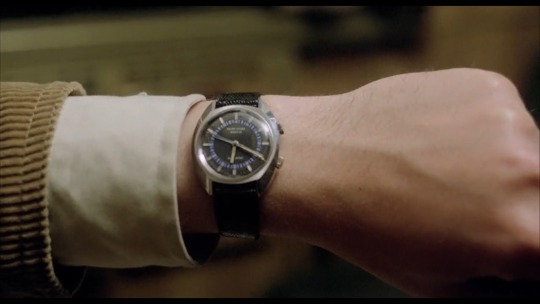
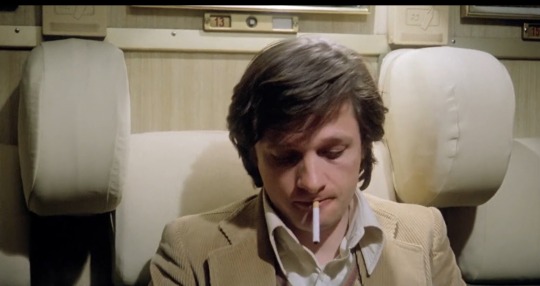
Solamente nero (1978)
3 notes
·
View notes
Text










#il gatto dagli occhi di giada#antonio bido#paola tedesco#corrado pani#giallofever#giallo fever#italian giallo#italian sexy comedy#gialli#giallo#italian horror#horror#franco citti
11 notes
·
View notes
Photo

Bloodstained Shadow (1978)
3 notes
·
View notes
Photo








Solamente Nero (Antonio Bido, 1978)
#Solamente Nero#The Bloodstained Shadow#Antonio Bido#Lino Capolicchio#Stefania Casini#Giallo#70's Horror
74 notes
·
View notes
Text
Paradies Film Festival 2019 - Ein Bericht
Paradies Film Festival 2019 – Ein Bericht
Sie ist nun schon ein wenig her die zweite Auflage des Paradies Film Festivals, das vom 12.06. bis 16.06.2019 abermals im schönen Jena zwischen Kernbergen und Saale stattfand.
Unsere tägliche Berichterstattung vom Geschehen vor Ort wurde leider gar abrupt gestoppt, sperrte zunächst und löschte später Facebook just zu dieser Zeit unser dortiges Dasein. So wollten wir unsere Medienpartnerschaft…
View On WordPress
#Action#Antonio Bido#Blue Tornado – Männer wie Stahl#Das Lind hinter dem Regenbogen#Das Parfum der Dame in Schwarze - Il profuma della Signora in nero#DDR#Die Taube auf dem Dach#DVD#Francesco Barilli#Gritta von Rattenzuhausbeiuns#Herwig Kipping#Horror#Ich war Neunzehn#Iris Gussner#Jaecki Schwarz#Jörg Foth#Julia Bierau#Kino am Markt#Kino im Schillerhif#Konzert für Bratpfanne und Orchester#Küste#Leonhard Elias Lemke#Letztes aus der Da Da eR#Monster#Moritz in der Litfaßsäule#OKJ#Paradies Film Festival#Pensione Paura#Science-Fiction#Trafo
0 notes
Photo










Antonio Bido Solamente nero 1978
30 notes
·
View notes
Photo










watch me when i kill (bido, 77)
#watch me when i kill#Il gatto dagli occhi di giada/#antonio bido#paola tedesco#corrado pani#fernando cerruli#franco citti#mario vulpiani#giallo
16 notes
·
View notes
Text
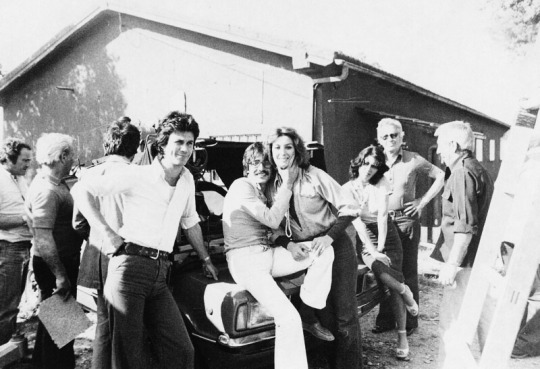
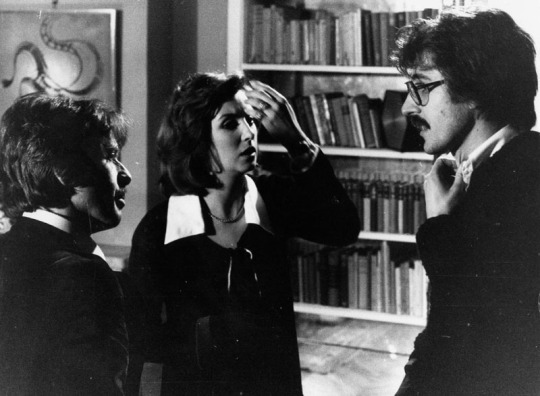
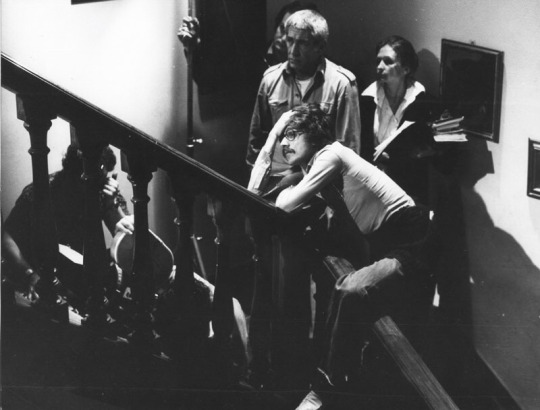
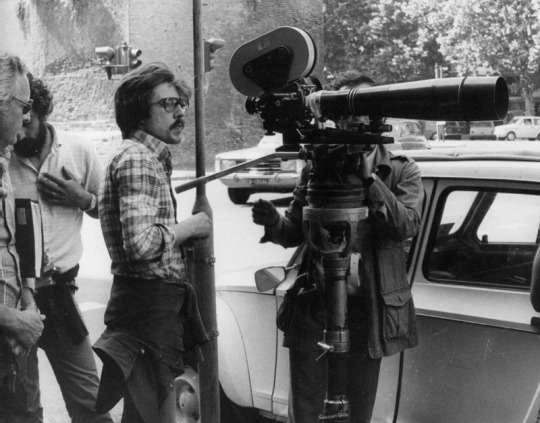
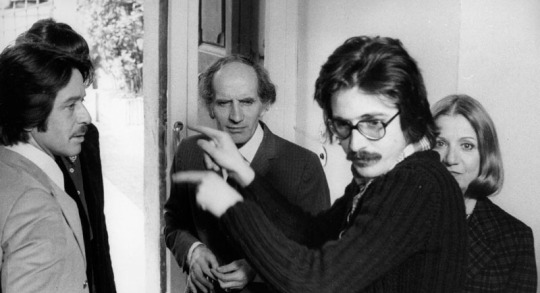
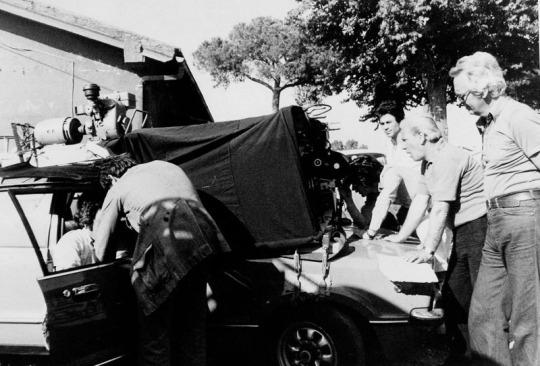
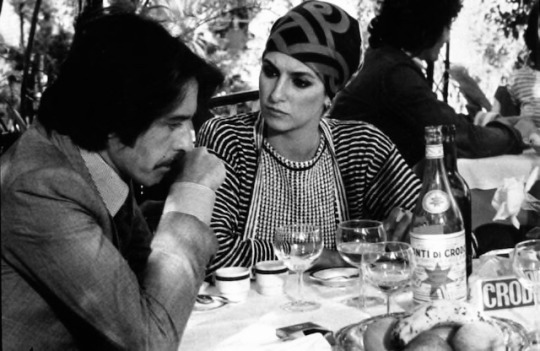
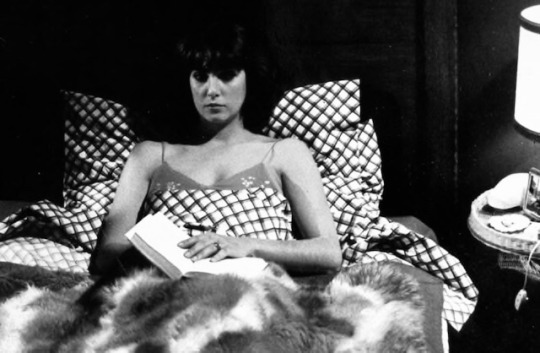
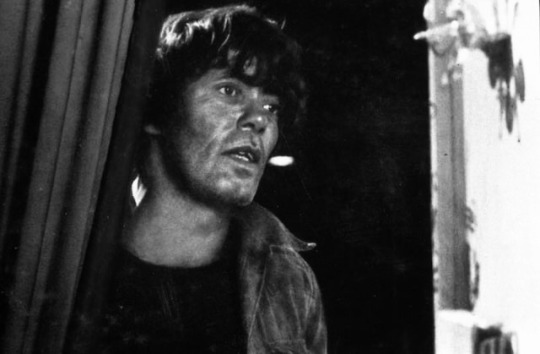
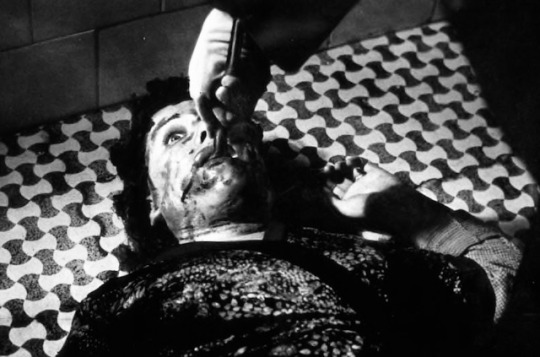
1976 RaRe pics on Set ...
for the Giallo Cult
Il Gatto dagli Occhi di Giada
Also Known As (AKA)
Europe (literal English title) The Cat with the Jade Eyes
Russia Смотри, как я убиваю
Sweden Katten med stenögat
USA Watch Me When I Kill
West Germany Die Stimme des Todes
West Germany (alternative title) Die Katze mit den Jadeaugen
World-wide (English title) The Cat's Victims
Terror in the Lagoon
The Vote of Death
Data di uscita/Release Dates
Italy 6 August 1977
USA 3 September 1982
Filming Dates 5 April 1976
Direct : Antonio Bido
Music by Trans Europa Express
Trucco Giannetto De Rossi
Paese di produzione: Italia 🇮🇹
Scritto da: Vittorio Schiraldi
Sceneggiatura: Antonio Bido, Roberto Natale, Aldo Serio, Vittorio Schiraldi
technical specifications
Runtime 1 hr 35 min (95 min)
Interpreti e personaggi
Corrado Pani: Lukas
Paola Tedesco: Mara
Franco Citti: Pasquale Ferrante
Paolo Malco: Carlo
Bianca Toccafondi: Esmeralda Messori
Fernando Cerulli: Giovanni Bozzi
Giuseppe Addobbati: Giudice
Gianfranco Bullo: Assistente di Dezzan
Jill Pratt: Sig.ra Dezzan
Inna Alexeievna: Vecchietta
Cristina Piras: Sig.ra Ferrante
Roberto Antonelli: Michele
Gaetano Rampin: Dott. Peretti
Giuseppe Pennese: Marco
Giovanni Vannini: Dezzan
#ilgattodagliocchidigiada #WatchmeWheniKill #thecatsvictims #antoniobido #corradopani #paolatedesco #italianlocandina #giallofever #artposter #disegnooriginale #cinesketch #sketchcinema #giallofever #italianhorror #italianhorrormovies #italianhorrorfilms #filmhorreur #filmhorror #giallodrama #spaghettigiallo #italiangiallo #gialloallitaliana #giallo #gialli
#il gatto dagli occhi di giada#watch me when i kill#the cat’s eyes#antonio bido#corrado pani#paola tedesco#italian giallo#giallo fever#giallofever#italian cult#cinema cult#italian sexy comedy#international cult#cult#gialli#giallo
7 notes
·
View notes
Photo

Il gatto dagli occhi di giada / Watch Me When I Kill (1977), Antonio Bido
0 notes
Photo










The Bloodstained Shadow (1978)
Antonio Bido
#the Bloodstained Shadow#antonio bido#lino capolicchio#stefania casini#craig hill#massimo serato#Juliette Mayniel#laura nucci#attilio duse#gianfranco bullo#luigi casellato#alina de simone#emilio delle piane#sonia viviani#sergio mioni#alfredo zammi
22 notes
·
View notes
Text
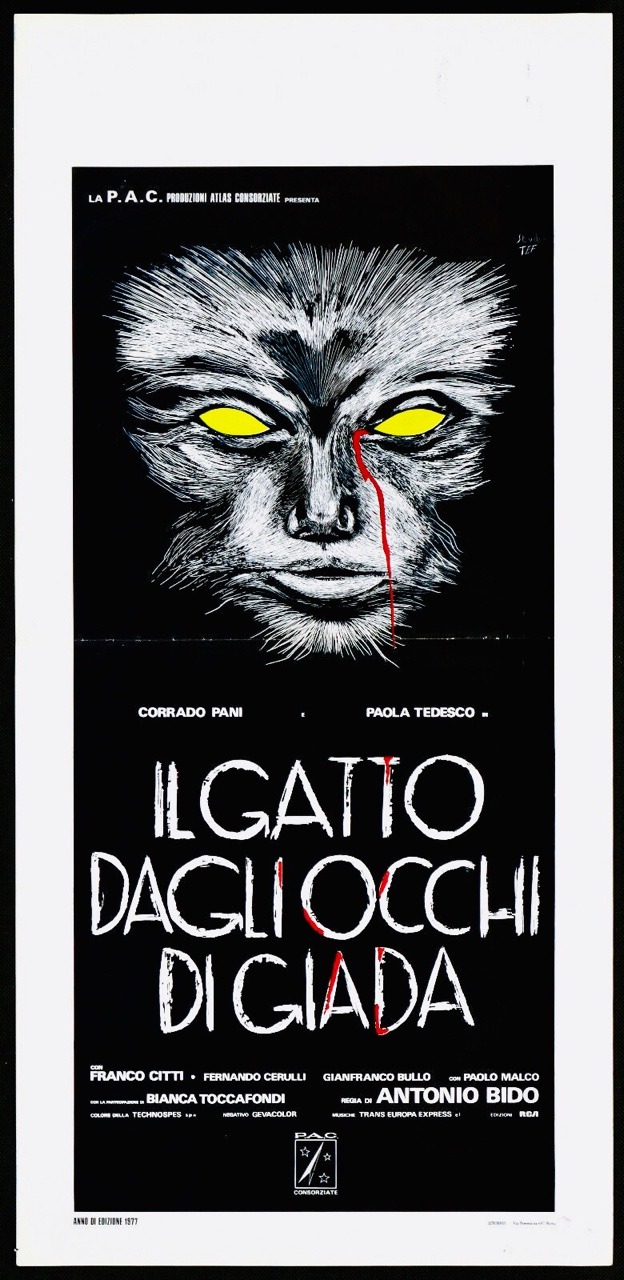
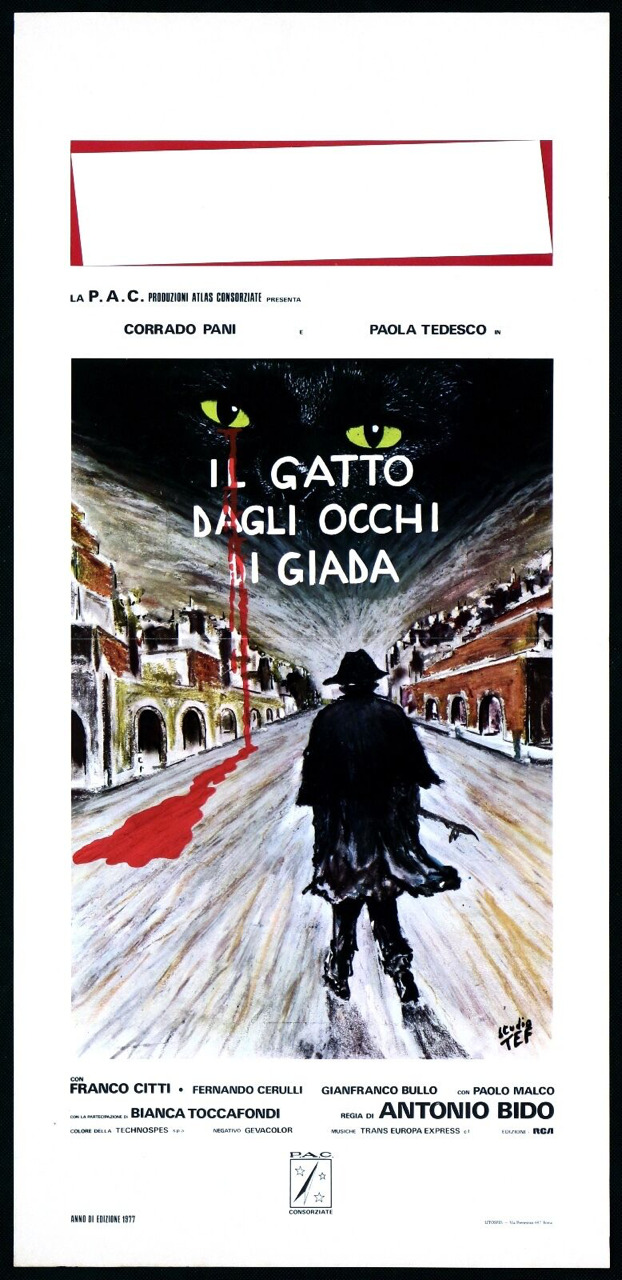
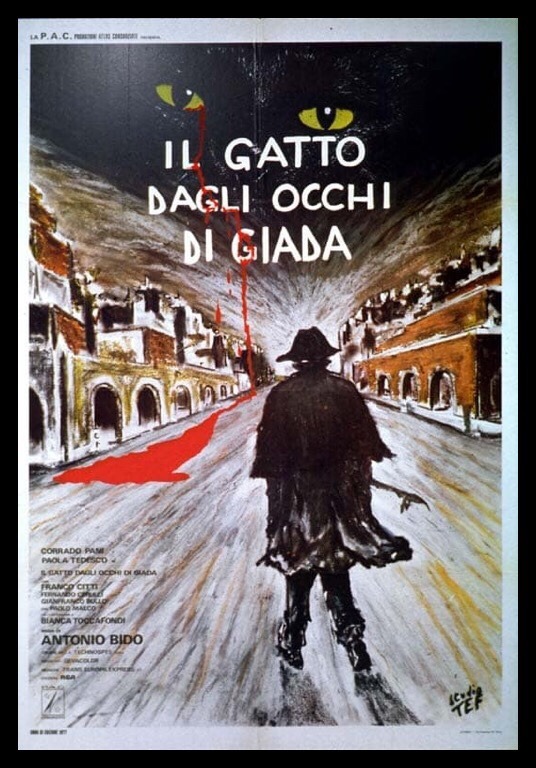

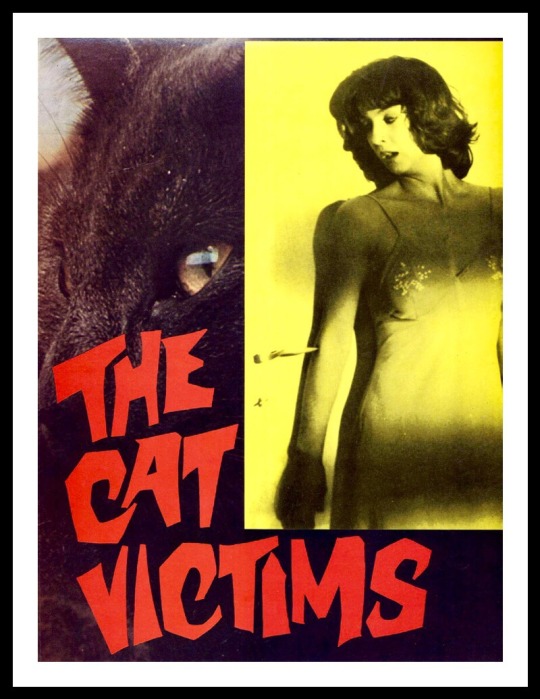
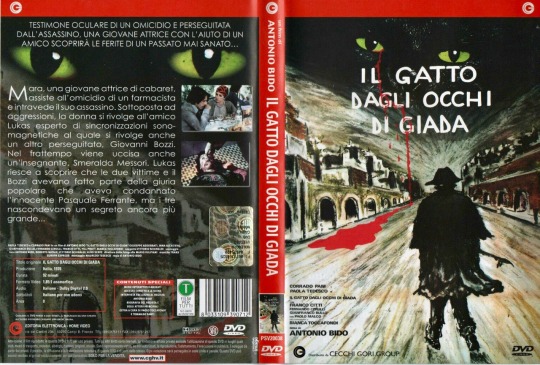
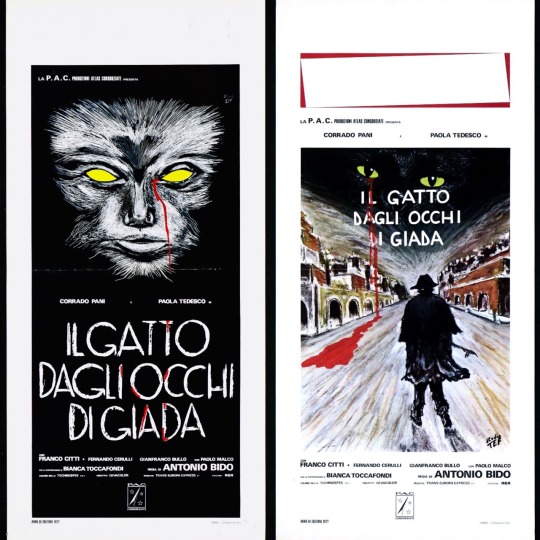
2 ORIGINAL ITALIAN 🇮🇹 “LOCANDINE”
for the Giallo Cult
Il Gatto dagli Occhi di Giada
Also Known As (AKA)
Europe (literal English title) The Cat with the Jade Eyes
Russia Смотри, как я убиваю
Sweden Katten med stenögat
USA Watch Me When I Kill
West Germany Die Stimme des Todes
West Germany (alternative title) Die Katze mit den Jadeaugen
World-wide (English title) The Cat's Victims
Terror in the Lagoon
The Vote of Death
Data di uscita/Release Dates
Italy 6 August 1977
USA 3 September 1982
Filming Dates 5 April 1976
Direct : Antonio Bido
Music by Trans Europa Express
Trucco Giannetto De Rossi
Paese di produzione: Italia 🇮🇹
Scritto da: Vittorio Schiraldi
Sceneggiatura: Antonio Bido, Roberto Natale, Aldo Serio, Vittorio Schiraldi
technical specifications
Runtime 1 hr 35 min (95 min)
Interpreti e personaggi
Corrado Pani: Lukas
Paola Tedesco: Mara
Franco Citti: Pasquale Ferrante
Paolo Malco: Carlo
Bianca Toccafondi: Esmeralda Messori
Fernando Cerulli: Giovanni Bozzi
Giuseppe Addobbati: Giudice
Gianfranco Bullo: Assistente di Dezzan
Jill Pratt: Sig.ra Dezzan
Inna Alexeievna: Vecchietta
Cristina Piras: Sig.ra Ferrante
Roberto Antonelli: Michele
Gaetano Rampin: Dott. Peretti
Giuseppe Pennese: Marco
Giovanni Vannini: Dezzan
#ilgattodagliocchidigiada #WatchmeWheniKill #thecatsvictims #antoniobido #corradopani #paolatedesco #italianlocandina #giallofever #artposter #disegnooriginale #cinesketch #sketchcinema #giallofever #italianhorror #italianhorrormovies #italianhorrorfilms #filmhorreur #filmhorror #giallodrama #spaghettigiallo #italiangiallo #gialloallitaliana #giallo #gialli
#il gatto dagli occhi di giada#watch me when i kill#antonio bido#corrado pani#paola tedesco#franco citti#giallo fever#giallofever#italian cult#italian giallo#cult#cinema cult#italian sexy comedy#gialli#giallo#international cult
4 notes
·
View notes